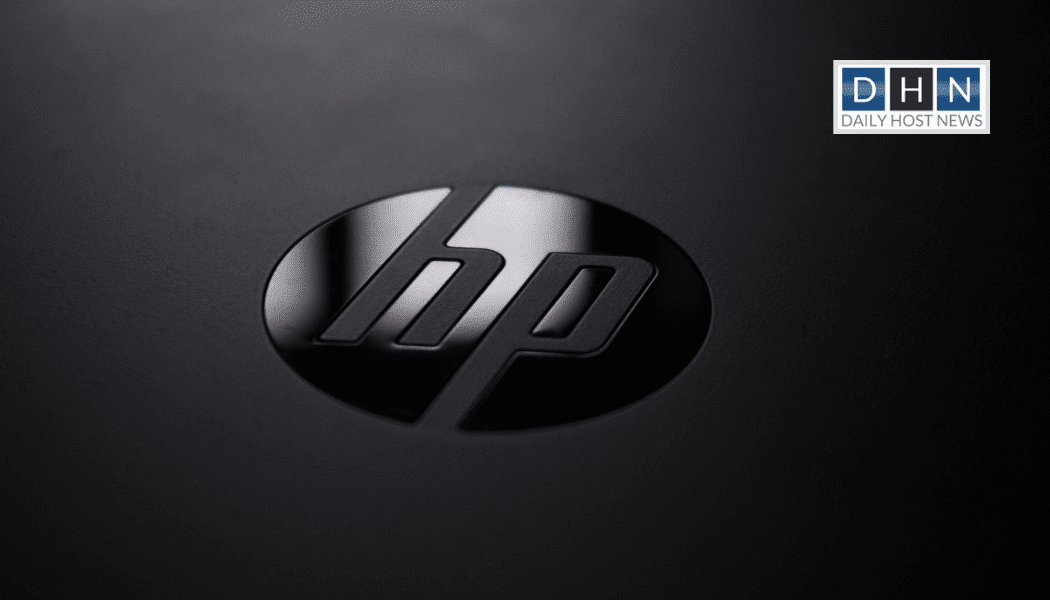HP recently announced the completion of its acquisition of global workspace collaboration solutions provider Poly. This deal, which was first announced in March, will accelerate HP’s strategy to create a more growth-oriented portfolio. It will strengthen HP’s industry opportunity in hybrid work solutions. Together, the companies are looking forward to long-term sustainable growth and value creation.
HP expects the transaction to be accretive to revenue, non-GAAP operating profit, and non-GAAP EPS in the financial year 2023 after the merger.
“This is a historic day for our business as we mark the union of two iconic companies that are innovating at the heart of hybrid work,” said Enrique Lores, President, and CEO of HP. “Poly brings incredibly strong talent, differentiated technology, and a complementary go-to-market system that we believe will further strengthen our position in large and growing markets. Together, we will have vast opportunities to innovate for customers and grow our business as we continue building a stronger HP.”
HP completed the deal by buying Poly for $40 per share in cash. This implied a total enterprise value of approximately $3.3 billion, including Poly’s net debt.
How will the deal with Poly impact HP?
The merger of HP and Poly will help businesses and employees find better ways to work and collaborate in the hybrid world. Almost 75% of office workers are investing for improving their home setups to support hybrid work. They are also reconfiguring traditional office spaces, with a focus on meeting room solutions, to support hybrid work and collaboration. At present only less than 10% of the 90 million rooms have video capability. Therefore, the office meeting room solutions segment is expected to grow 3 times by 2024.
Poly will provide HP with industry-leading video conferencing solutions, cameras, headsets, voice, and software, enabling customers to create meeting equity between those within the room and those who are not. Together they will deliver a complete system of devices, software, and digital services to create better employee experiences. This will improve workforce productivity for enterprise customers. They will also provide better visibility, insights, security, and manageability across hybrid IT environments.
“As ideas around the role of the traditional office continue to shift, there is a critical need for organizations to enable rich collaboration experiences between in-person and remote workers,” said Patrick Moorhead, CEO and chief analyst, Moor Insights & Strategy. “Combining Poly and HP is a win-win for both organizations. More importantly, uniting these two companies will provide end-users with the essential hardware, software, and services required to successfully navigate hybrid work experiences now and into the future.”
The addition of Poly will help HP to drive innovation and scale its peripherals and workforce solutions. Peripherals represent a $110 billion segment opportunity and 9% annual growth driven by the demand for more immersive experiences. Workforce solutions represent a $120 billion segment opportunity at an 8% annual growth rate owing to investments in digital services to set up, manage, and secure more distributed IT ecosystems.
With the completion of the transaction, Poly CEO Dave Shull joins HP as President, Workforce Services & Solutions, from November 1. He will lead the newly formed organization to drive a more expansive growth agenda across HP’s commercial services business. Andy Rhodes, who led HP’s commercial Personal Systems business, will be running the combined HP-Poly business as General Manager of Hybrid Work Solutions & Peripherals. Rhodes will continue to report to HP Personal Systems President, Alex Cho, and Shull will report to Lores.
Read next: 11:11 continues M&A spree with the acquisition of Sungard’s Cloud Managed Services business








